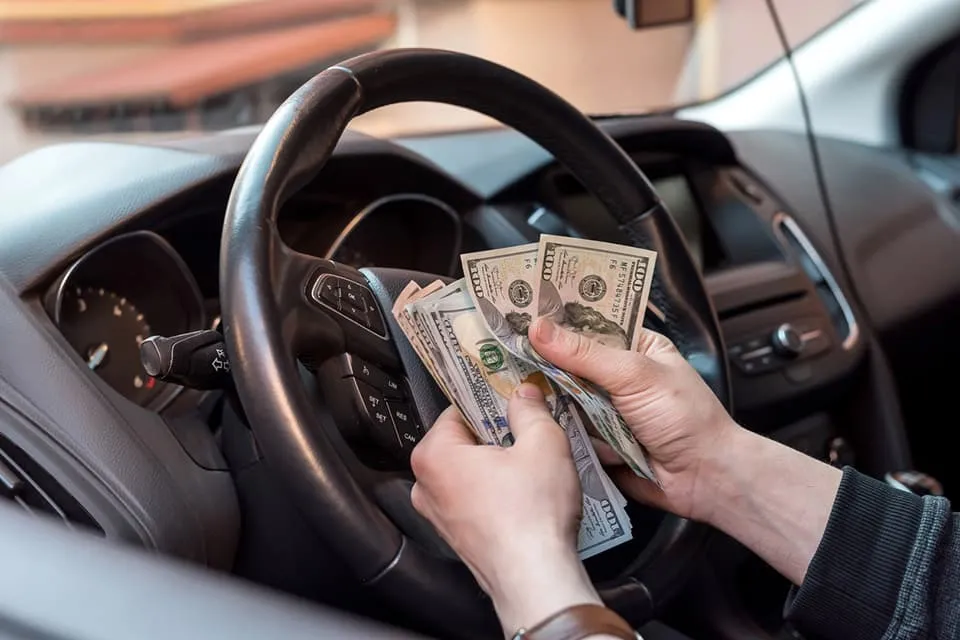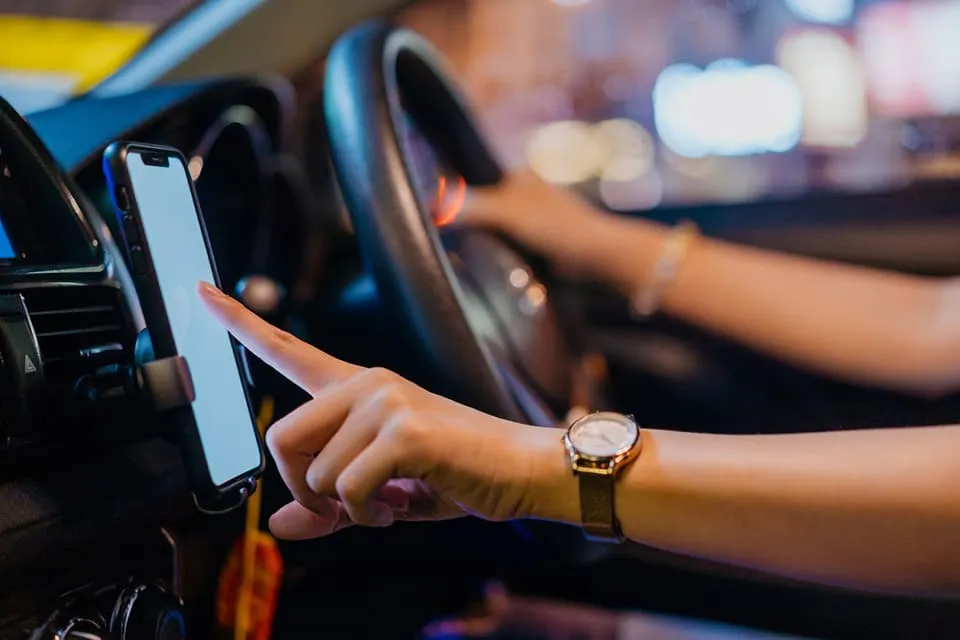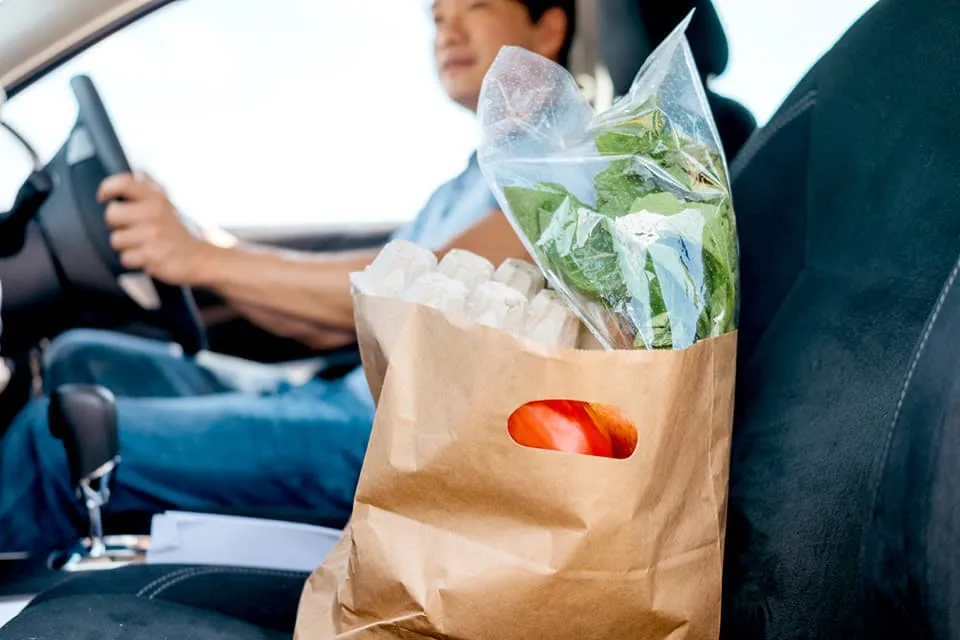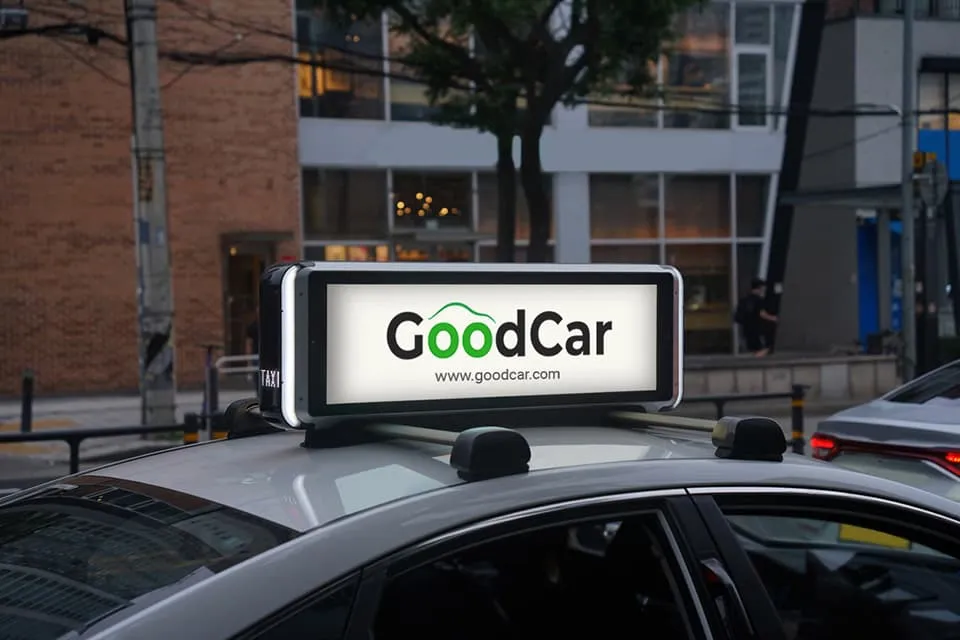5 Ways to Make Money with Your Vehicle

From fuel costs to monthly payments, owning a vehicle is more expensive every day. Fortunately, there are also more ways than ever to make money with your car outside of commuting to work. Here are five money-making methods you can use to reduce your ownership costs and help you get more money in your pocket.
Renting Your Vehicle Out
With a considerable percentage of the labor market shifting to remote work, your car may spend more time sitting in the driveway than moving down the highway. Paying for insurance and making monthly lease or loan payments may be hard to stomach when you are hardly using your car. Luckily, a few services can help you make some of this money back by renting out your vehicle.
Companies like Turo function like personal rental agencies, connecting travelers or temporary residents to local vehicle owners. It's estimated that Turo users can make as much as $1,000 per month by renting out their cars, depending on their area and the type of car they drive. Turo takes a percentage of each trip (usually 15% to 40%), and the rest goes to the vehicle owner. To qualify, your car must be less than 12 years old and have fewer than 130,000 miles, in addition to being in good condition. You must also have a clean title, be legally registered, and have car insurance. If you meet all those requirements, you can start making money immediately!
Driving for a Rideshare Service

Another good way to make money with your vehicle is by signing up for a rideshare app. Companies like Uber and Lyft pay local drivers to function as taxi services, picking up passengers in their local area and bringing them to tourist destinations, the airport, and anywhere else they need to go. Rideshare apps have a lower barrier for entry than taxi services, which usually require a medallion or similar difficult-to-acquire licensing. You can also make extra money during peak hours with surge pricing, which raises fare costs when demand is high.
Lyft and Uber both have their own separate requirements for drivers who wish to sign up. Both services require that drivers be appropriately licensed and insured, in addition to passing a background check. You also must be at least 21 years old and have your license for at least one year (three years for Uber if you are under the age of 23.) While the exact specifications vary based on area, Uber requires that your vehicle be seven years old or newer, fully functional, and with no cosmetic damage. You'll want to run a vehicle history report to ensure your car meets those requirements. These reports can give you all the information you need about your car's background, so you can make sure your application goes smoothly.
Food and Grocery Delivery

If acting as a taxi doesn't suit you, some apps allow you to drop off food to hungry customers. This service can take the form of either take-out delivery, which is done through apps like Grubhub, Uber Eats, and DoorDash, or through grocery delivery, with apps like Shipt and Instacart. For take-out delivery, you sign up similarly to rideshare apps and get notifications through your phone. Simply travel to the restaurant, drop off the food, confirm the delivery and receive a fee plus a tip. For grocery delivery, you also get a notification with a shopping list. After going to the store and picking everything up, you'll drop it off at the customer's house (also receiving a fee plus tip.)
Food delivery services have similar requirements to rideshare apps, though they are less stringent on your vehicle. You must still be over a certain age (usually 18 instead of 21), licensed, and have up-to-date insurance. Many services also require a background check and proof of work eligibility. Grocery delivery apps have a requirement that regular food delivery doesn't: the ability to lift a certain amount of weight. Instacart, for example, asks that its drivers be able to lift at least 50 lbs for safety reasons. If you meet all these standards, you can visit the websites of whichever service interests you and sign up.
Use Your Car as Advertising

While it may seem a bit tacky to some, you can also make money by using your car as mobile advertising. Many companies will pay to have your vehicle "wrapped" in an ad, showing their name and a way to contact them (usually a phone number, website, or email.) The bigger the advertisement you have and the higher the population of the area you drive in, the more money you can make. So if you have a larger vehicle with more ad real estate, you can be looking at a good amount of extra income.
A few companies connect companies with drivers, including Wrapify and Carvertise. Wrapify, for example, asks that its driver be at least 21 years old, have an up-to-date driver's license, a clean driving record, insurance, and a smartphone. Depending on how much of your car is covered, you can make anywhere from $200 to $500 monthly. Light coverage, or an ad over a small section of your car, usually nets between $190 to $250 a month. Full coverage, or ads over the majority of your vehicle, can make you anywhere between $250 and $500 a month.
Amazon Delivery
If package delivery is more your style, you can sign up to be a driver for Amazon through Amazon Flex. With Flex, you can pick up shifts to deliver various goods, including amazon packages and groceries. Amazon Flex lets you pick your availability, which can let you schedule your delivery shifts around your regular job. Depending on how busy your route is and what tips you receive, you can make an average of $18 to $25 an hour by driving for Amazon and making money with your car.
Like many other options on this list, Amazon Flex does have requirements for their driver. You must be at least 21 years old, have a valid driver's license, and pass a background check. You will also need to have insurance coverage, and depending on the state you live in, you may have to get additional certifications. Nevada, for example, asks that its Amazon drivers get a special permit. You must also have a social security number, vehicle registration, and provide a bank statement for payment.
FREE Vehicle Search
- Accidents
- Problem Checks
- Title Records
- Recalls
- Values
- Specs
-
InfoPay, Inc. (dba GoodCar) is an Approved NMVTIS Data Provider
-
-































